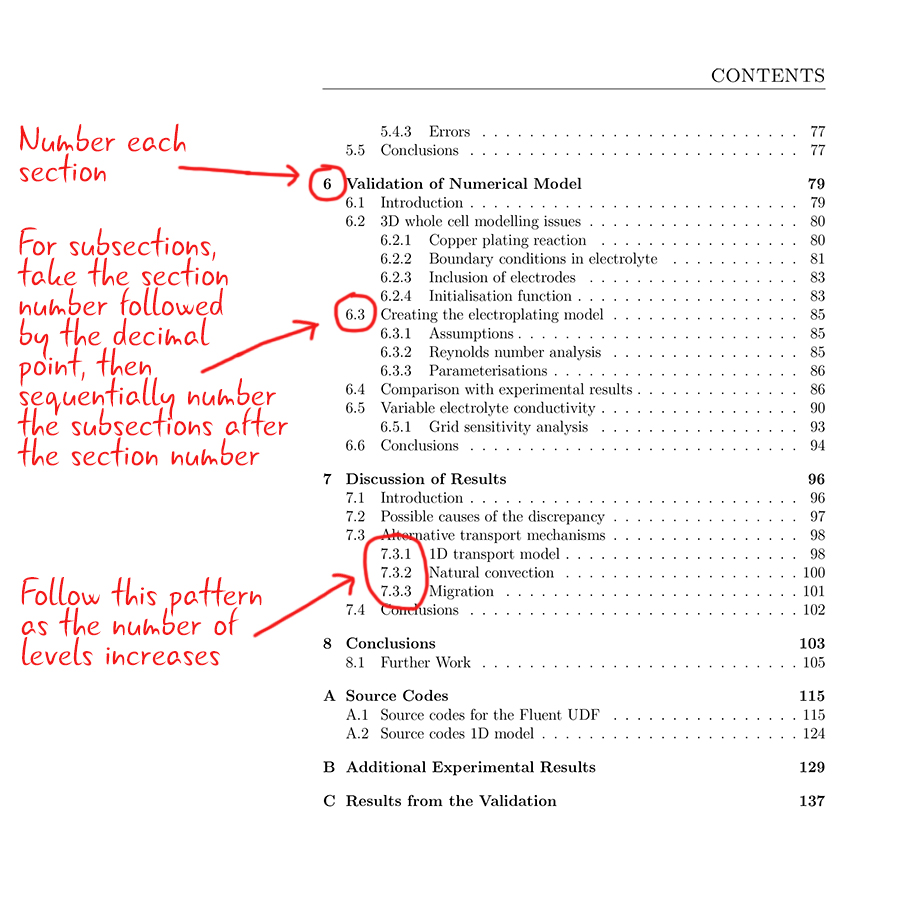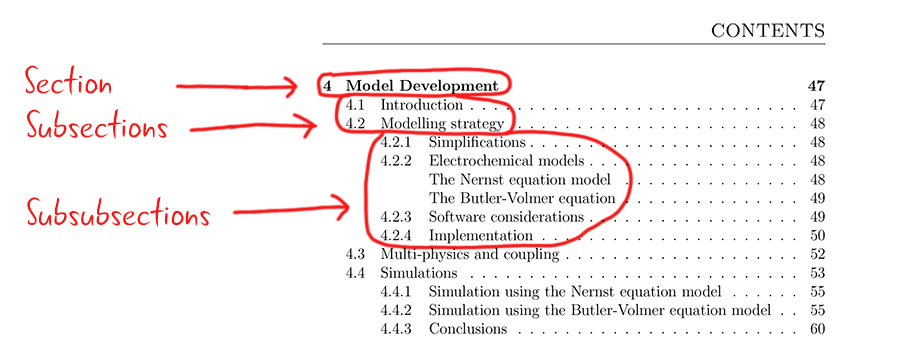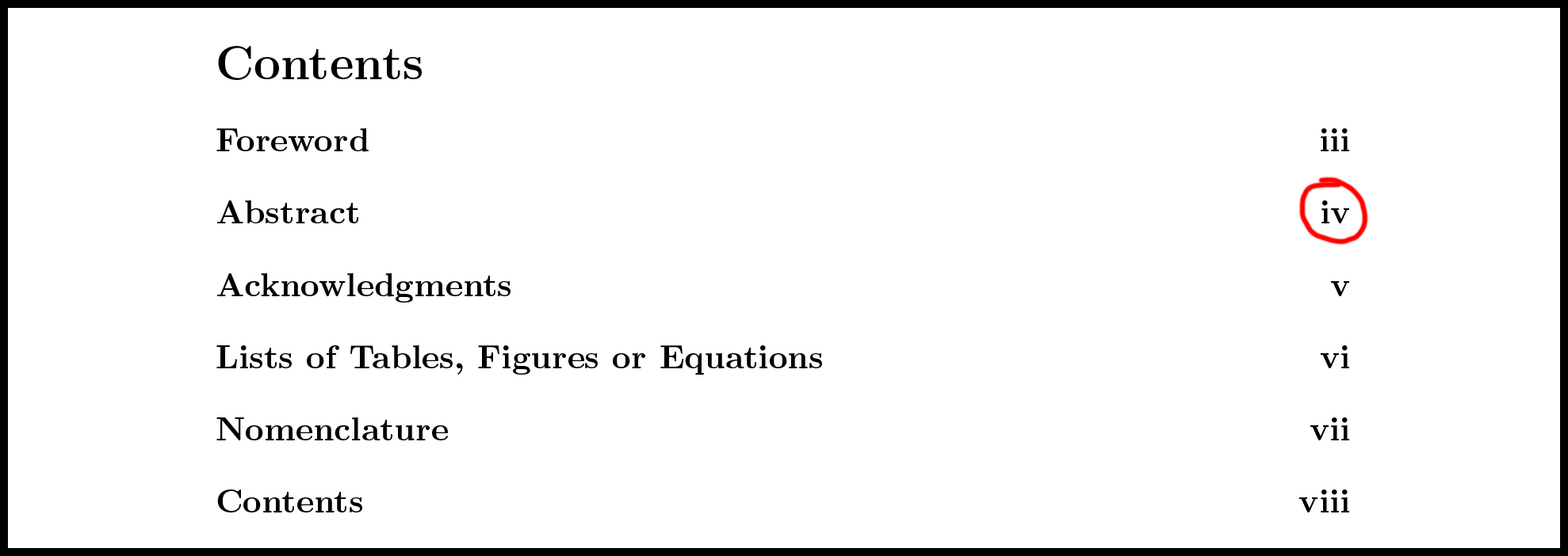
Making it manageable
A technical engineering report is quite often densely packed with detailed information. Even when broken down into standard sections, such as the introduction or results, they can still remain unhelpfully large and unwieldy for the reader to get to grips with. In this article, we'll explain how you can structure your report to make the material manageable and digestible.
Use subsections
It is quite common in technical reports to break down the content of the standard sections into subsections.
For example, if your project involves renewable energy generation, and your reader requires extensive background knowledge of current technologies, it may be appropriate within the introduction to create subsections for wind power, hydroelectric and solar etc.
If within these subsections there are still chunks of content, then each subsection can be further broken down, into subsubsections. This process can continue, so subsubsections can be broken down into subsubsubsections and so forth.
Each subsection should contain a single, digestible idea. A good rule of thumb is that if you can think of a title to describe a chunk of the text, then this can be placed into its own subsection.

Figure 1: A contents page of report which has been broken into sections, subsections and subsubsections
You will decide how many levels to use based on the most effective way to communicate the material in the report.
Not all parts of the document need to be broken down to the same level. For example, the Introduction may have no subsections at all whilst the Results section has subsubsubsections. It’s all dependant on the material that is presented and how it can be organised best.
Number your sections
Every level of the section, subsection and beyond, must have a title and be sequentially numbered.

Figure 2: How to number your report
Generally, sections that appear in the front matter, such as abstracts, forewords and nomenclature, will not have section numbers but can appear in the contents page.
Add page numbers
A page number should appear on every page in the document [1]. These should be sequentially numbered and referred to from the contents page and, if one is included, the index.
Page numbers are very useful for two reasons:
- For reference. If you need to refer to a particular part of the document, either in conversation or as a cross-reference in the text, then using page numbers can be quite effective.
- For when things go wrong. Imagine you have just printed your 200-page technical engineering report five minutes before a big deadline. As you are delivering the document to your boss for review, you slip and the papers fly into the air. How are you going to sort them back into the correct order? If each page is numbered, this turns from a painstaking to a fairly trivial task.
For large documents, that contain several pages of front matter, it is common to number the pages that contain the front matter with lowercase roman numerals (i, ii, iii, iv) and to begin numbering at the first section that contains the content of the report.

Structuring from the start
When writing a technical engineering report, it can be helpful to start with the basic report structure. This provides a good outline or framework for the content that you wish to include and ensures you say everything you want within a logical narrative.
You can then start to fill in the content for each of these sections and subsections in any order, with the knowledge of how what you are writing relates to the remainder of the report.
You can download an example of a report structured with section and subsection numbers and a contents page below.